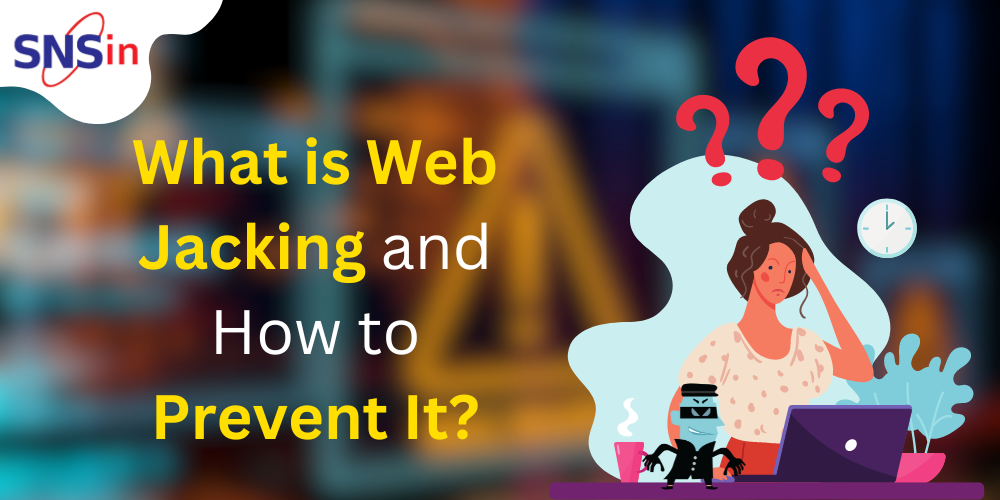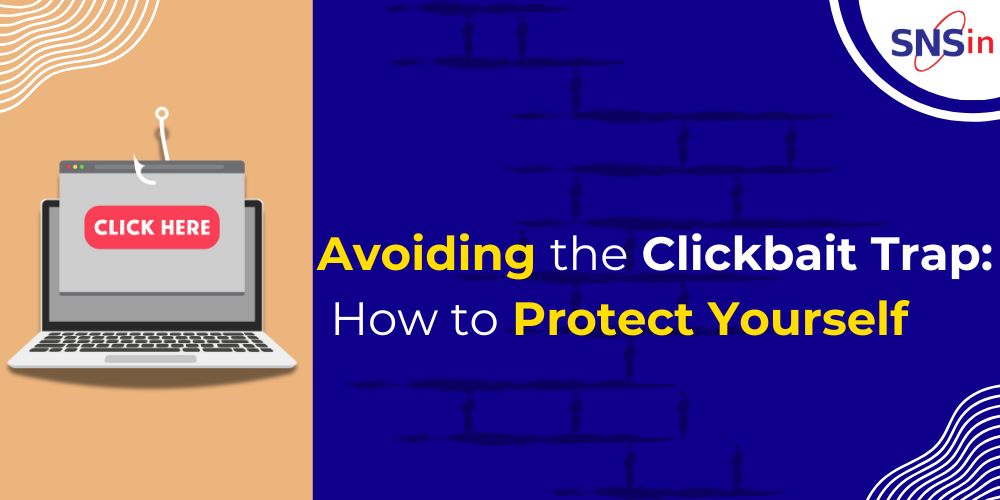Cybersecurity threats evolve faster than ever, putting individuals and businesses at risk. Web jacking is a cunning attack that steals your data.
This blog explains what web jacking is, how it works, and most importantly, how to protect yourself.
Understanding Web Jacking
Web jacking, or website hijacking, involves attackers taking unauthorized control of a website. They exploit vulnerabilities, use phishing tactics, or compromise admin accounts. Once in control, they can redirect users, steal data, inject malware, or alter the website’s content.
How Web Jacking Works
Exploiting Vulnerabilities
Hackers often target weak spots in a website’s code, plugins, or content management systems (CMS). These vulnerabilities act as backdoors, allowing attackers to sneak in and seize control.
Phishing Attacks
Phishing is another common tactic. Hackers send deceptive emails impersonating legitimate sources, tricking website admins into revealing their login credentials on fake websites.
Brute Force Attacks
Brute force attacks are also a possibility. Hackers use automated tools to repeatedly guess login credentials until they gain access.
Malware Infections
Malware on the admin’s device can also lead to web jacking by capturing login details. Additionally, attackers who compromise a website’s DNS can reroute traffic to phishing sites, inject malware, steal data, or manipulate content.
The Effects of Web Jacking
The consequences of web jacking can be severe, affecting both the website owner and its users:
Loss of Trust
Web jacking can damage a website’s reputation. Users exposed to malicious content or phishing scams lose trust in the brand.
Financial Loss
Recovering a hijacked website can be expensive, including IT services, legal fees, and lost business.
Data Breaches
Data breaches expose customers to identity theft, legal repercussions for the website, and hefty fines.
Search Engine Penalties
Hijacked websites risk being de-indexed from search engines or blacklisted, significantly impacting their traffic.
Preventing Web Jacking
Fight back against web jacking! Implement secure development practices and use security tools consistently. This blog post dives into prevention methods to keep your website safe.
Regular Software Updates
Always update your website’s CMS, plugins, and themes. Security updates fix vulnerabilities, making them a critical defense against web jacking.
Strong Password Policies
Enforce strong password policies for admin accounts. This includes complex passwords, regular changes & MFA for an extra layer of security.
Secure Hosting Environment
Choose a security-conscious web host. Look for features like backups, SSL certificates, firewalls, and threat monitoring.
Regular Backups
Regular backups are crucial. Having a recent backup minimizes downtime and data loss in case of a web jacking attack.
Web Application Firewalls (WAF)
Consider a Web Application Firewall (WAF). This security tool filters traffic between your website and the internet, blocking malicious requests and attacks like SQL injection and XSS.
User Education
Educate your team! Awareness training empowers users to identify phishing and social engineering attacks that steal credentials or install malware.
Regular Security Audits
Regular security checkups and risk assessments are vital. These proactive measures identify website vulnerabilities and simulate real-world attacks, helping you strengthen your defenses.
SSL/TLS Encryption
Secure your website’s communication with SSL/TLS encryption. This protects data like logins and personal information from being intercepted by outsiders.
Monitor Website Activity
Security plugins and monitoring tools are your allies. They track website activity, alert you to suspicious behavior, and help you stop web jacking attempts in their tracks.
Limit User Access
Grant admin access cautiously. Implement role-based access control (RBAC) to restrict user permissions based on their job functions. It reduces the impact when an account is hacked.
Conclusion
Web jacking poses serious risks, but with robust security measures, you can protect your website and visitors. This blog outlined preventative measures like strong passwords, user training, and regular backups.
At SNS, our mission is to empower businesses with robust cybersecurity solutions. Our team of experts can help you safeguard your website and data.
Contact SNS today ! Add SNS as your Trusted Security Partner. Drop an email with your security requirements/queries to [email protected]
Swathi
Author
Working IT professional and a Cyber Security enthusiast. Passionate to write about Cyber Security topics and Solutions. I share my insights as I study articles and trending topics in the field of Cyber Security.
![]()




